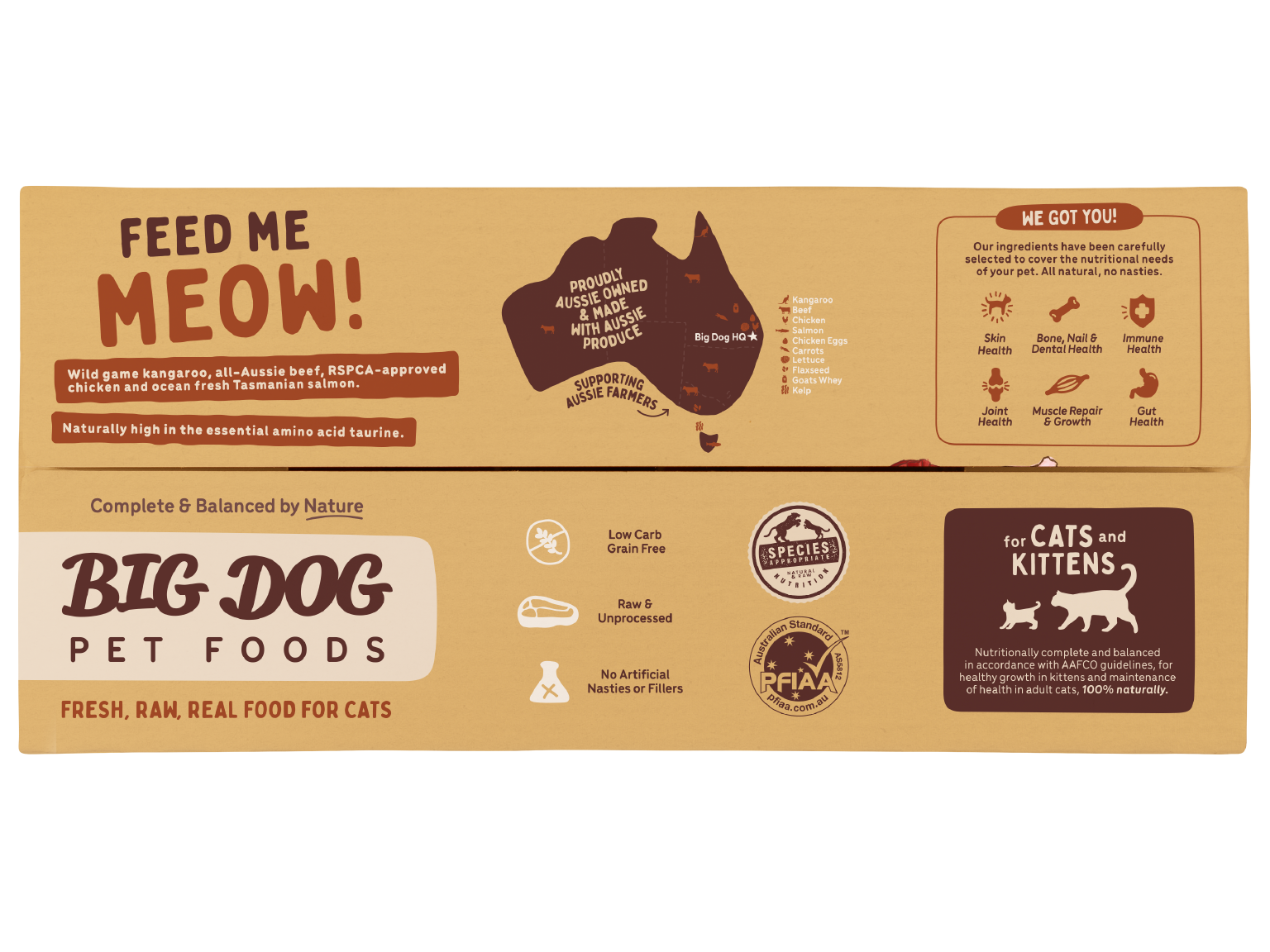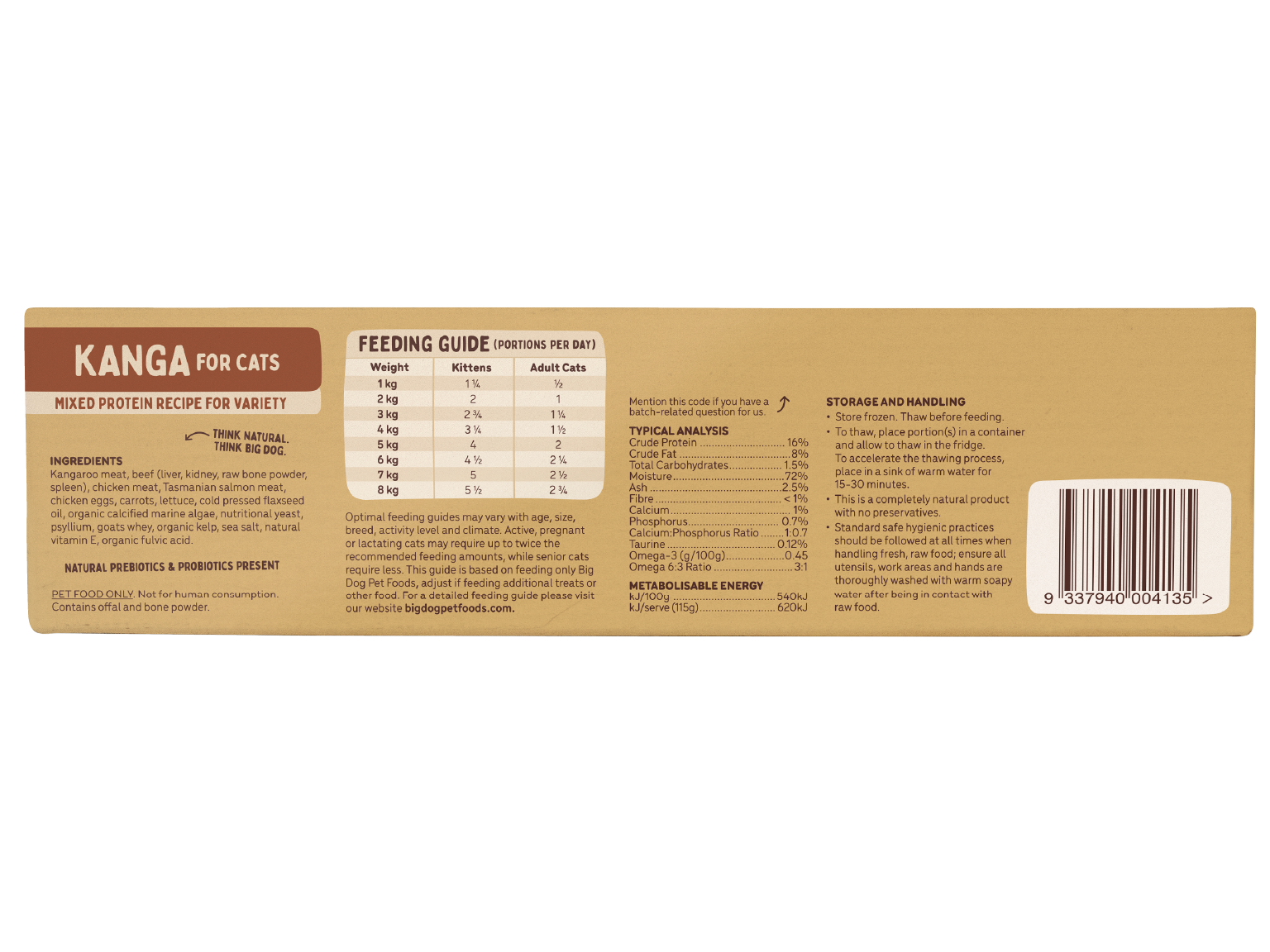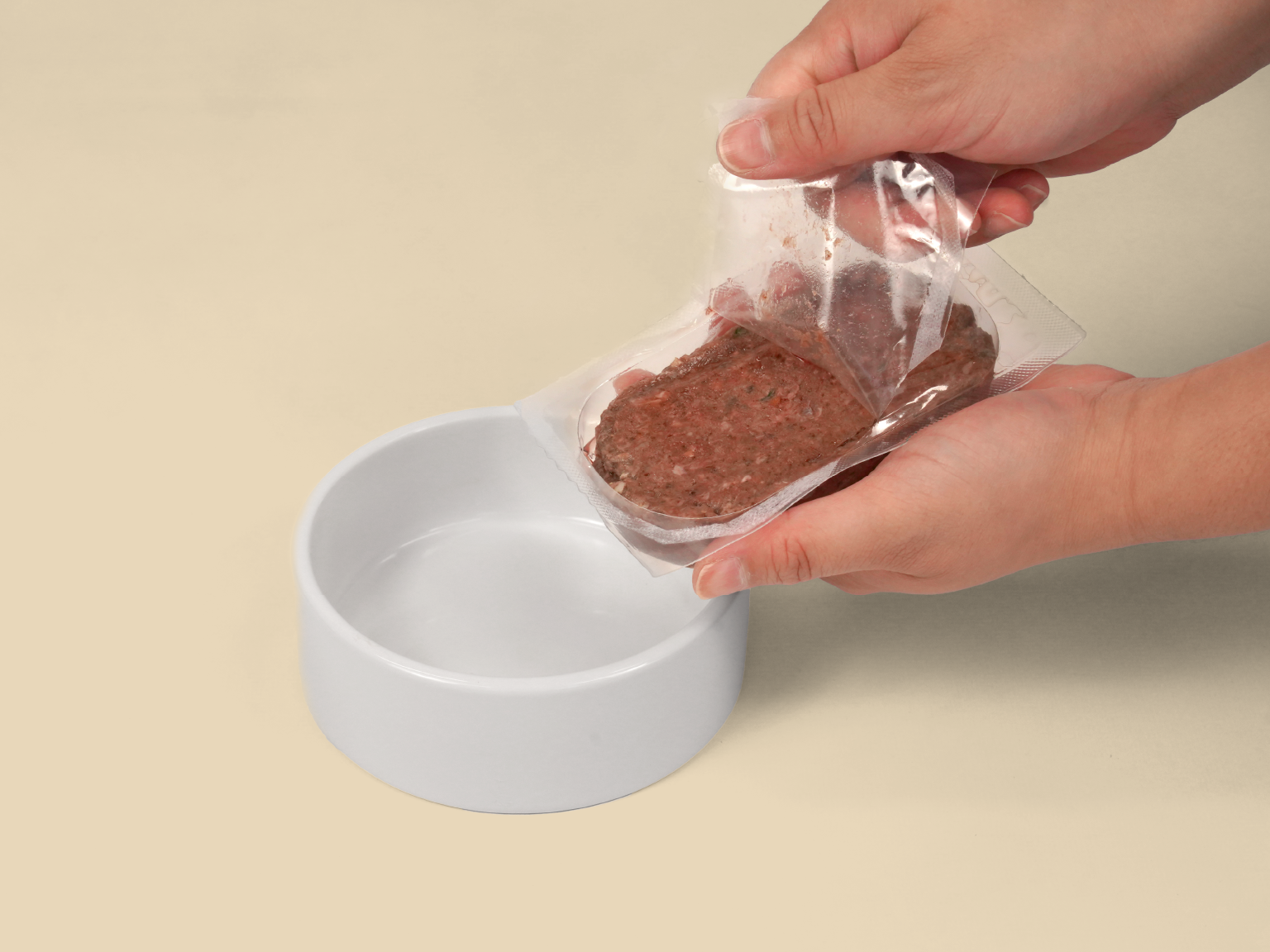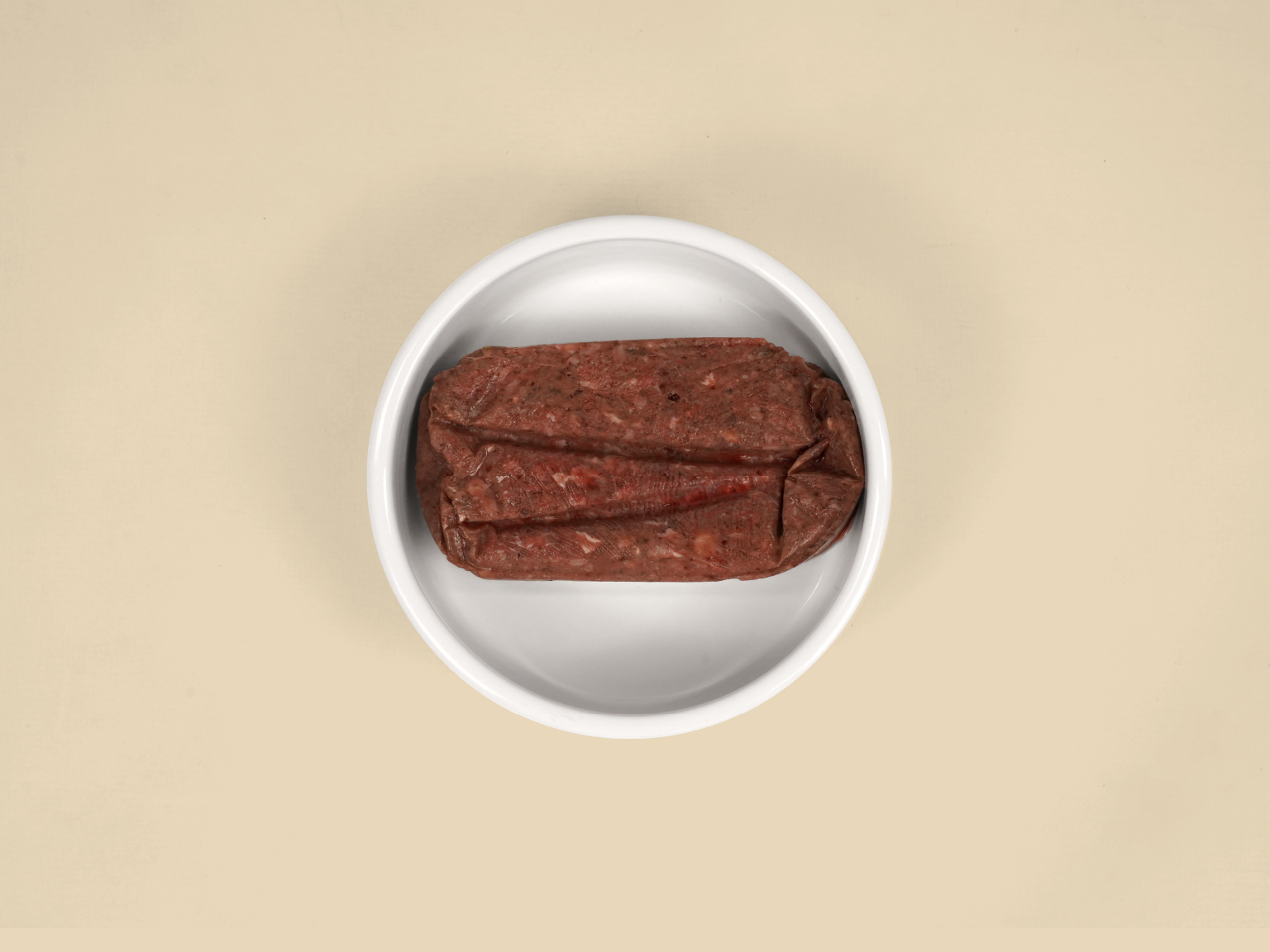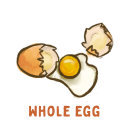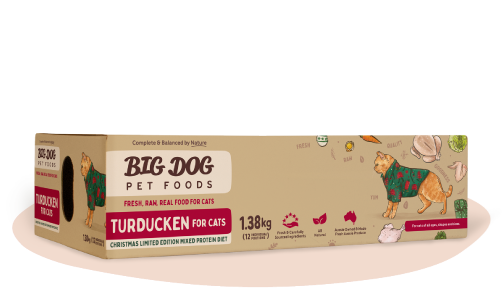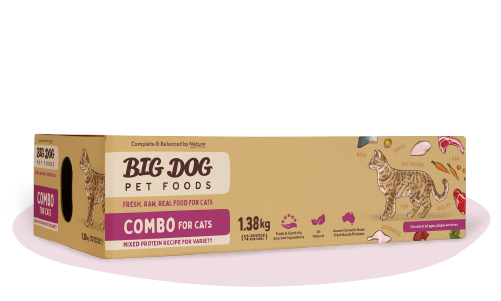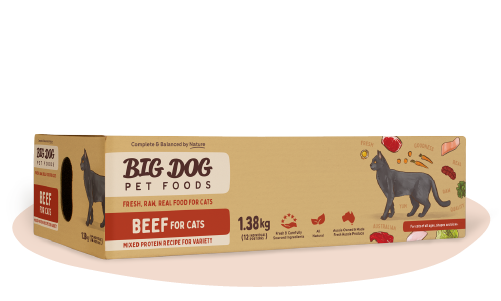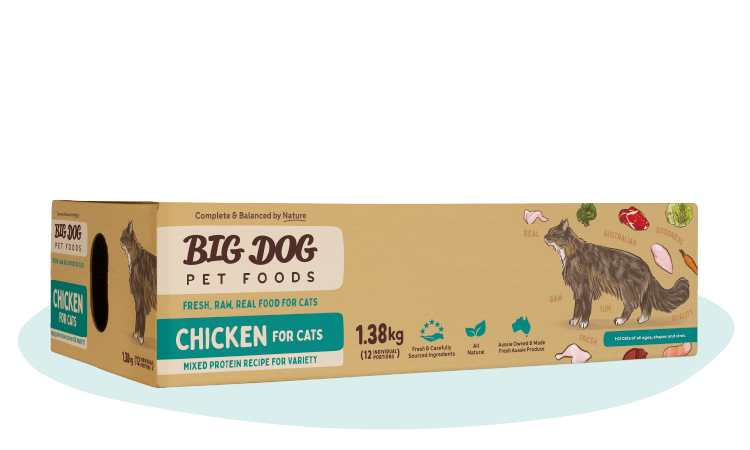Kangaroo Raw Cat Food
A mixed protein recipe with kangaroo, chicken, beef offal, salmon and more nutrient-rich ingredients, perfect for your tiny carnivore!
Price
Size
Feed me Meow!
Kanga for Cats is a mixed protein recipe with the main protein source being kangaroo meat. Along with beef, chicken and Tasmanian salmon, this recipe contains the benefit of lean muscle meat, vitamin and mineral-rich offal, calcium-rich raw bone powder as well as biologically appropriate amounts of vegetables, whole eggs and kelp, just to name a few.
Your tiny carnivore will love our Kanga recipe for Cats!
- Wild game kangaroo, all-Aussie beef, RSPCA-approved chicken and ocean fresh Tasmanian salmon.
- Naturally high in the essential amino acid taurine.
- Mixed protein recipe - variety made convenient for you with maximum nutrition for your cat.
- All-natural nutrition from fresh, seasonal whole foods.
- Raw and unprocessed, no artificial nasties or fillers.
- Fresh, raw, real food for cats.
Big Dog is nutritionally complete and balanced in accordance with AAFCO guidelines for healthy growth in kittens and maintenance of health in adult cats.
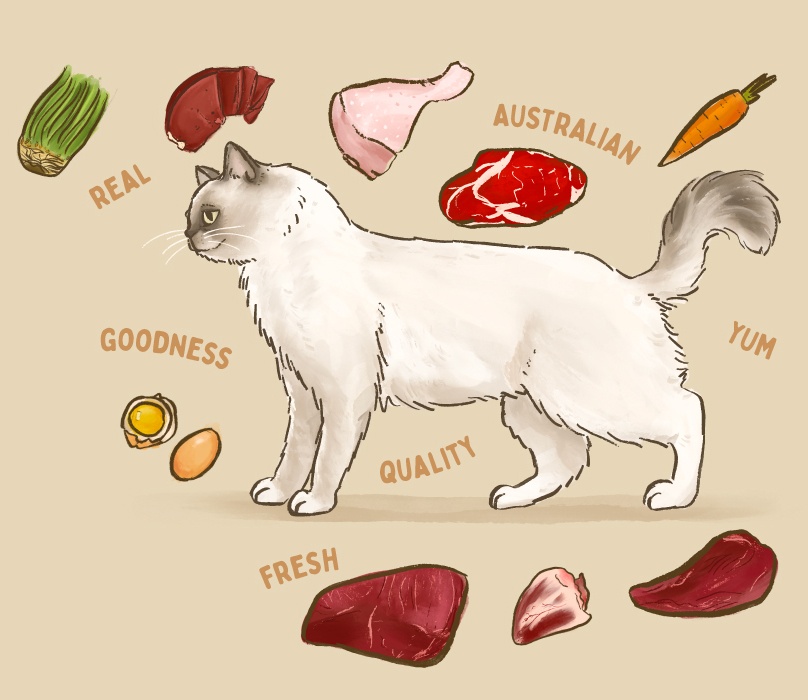
High quality Raw Ingredients.. Always
At Big Dog we always use the highest quality human grade food sources from Australian farms (organic where possible) and local farms.
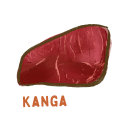
Kangaroo meat


Liver

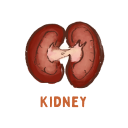
Kidney

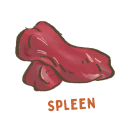
Spleen
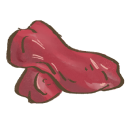

Chicken meat
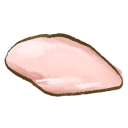
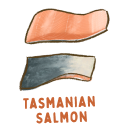
Tasmanian Salmon
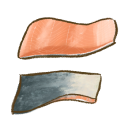

Carrots
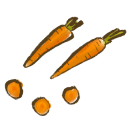
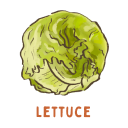
Lettuce

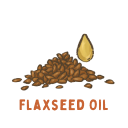
Cold Pressed Flaxseed Oil


Calcified Red Marine Algae
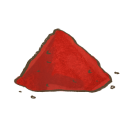
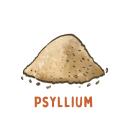
Psyllium


Goats Whey
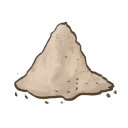

Kelp
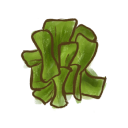

Organic Fulvic Acid

.png)
find out more
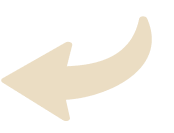
How to Raw Feed Your Cat
- Calculate how much your pet needs to eat.
- Defrost their portion until thawed.
- Serve their meal, and enjoy a happier cat!
How much to feed your pet
- Calculate how much your pet needs to eat.
- Defrost their portion until thawed.
- Serve their meal, and enjoy better dog poo!

How to Transition to a Raw food diet
We recommend a 2 week transition to a new food:


Nutritional Info
Typical Analysis
Ingredients
Kangaroo meat, beef (liver, kidney, raw bone powder, spleen), chicken meat, Tasmanian salmon meat, chicken eggs, carrots, lettuce, cold pressed flaxseed oil, organic calcified marine algae, nutritional yeast, psyllium, goats whey, organic kelp, sea salt, natural vitamin E, organic fulvic acid.
Storage and Handling
Keep Frozen Store frozen
Be sure to keep raw food frozen until ready for thawing. Thaw before feeding, avoid re-freezing.
Storage and Safety
This is an all-natural product with no preservatives; once thawed it must be used within 2-3 days. Keep thawed portions in a sealed, airtight container in your refrigerator. Do not cook as our recipe contains bone. It is important to discard any thawed product that no longer look or smells fresh.
Defrost Properly
To thaw, place portion in a container and allow to thaw in the fridge. To accelerate the thawing process, place in sink of lukewarm water for 15 - 30 minutes, ensuring not to cook.
Wash Well
Standard safe hygienic practices should be followed at all times when handling fresh, raw food; ensure all utensils, work areas and hands are thoroughly washed with warm soapy water after being in contact with raw food.
The Fine Print
- PET FOOD ONLY. Not for human consumption.
- Contains offal and crushed bone or bone powder. DO NOT COOK.
FAQs
What is the difference between raw food diets for dogs and cats?
Cats are obligate carnivores, therefore our Big Dog Raw Food Diets for Cats are formulated to be higher in meat and lower in plant matter than our dog recipes.
We ask Animal Nutritionist, Narelle Cooke, if cats and dogs can eat the same food
Can my cat eat your dog recipes?
In short, yes! We have tested our dog recipes for their taurine levels, an essential amino acid for cats that must be obtained through their diet, and they are well above the minimum requirement for cats. While our dog recipes have a higher amount of plant material than our cat recipes, there is no nutritional concerns with rotating our dog recipes in your cats diet if your cat prefers these.
The exception here is our Kanga Single Protein Diet for dogs. Our Cat Kanga recipe is a mixed protein diet and more suitable for cats nutritional needs than this low fat diet for dogs with allergies or who need to lose weight.
How do I transition my cat to your raw food?
The transition from kibble to raw can be long and challenging, we recommend a very slow transition. The primary reason for this is to avoid upset stomachs but also because rejection of the food is to be expected. Give your cat the time and space they need to figure out their new diet. That being said, you do not want to leave it for more than 24 hours without eating something. Cats need to eat frequently as fasting is unnatural to them and could induce a case of Hepatic Lipidosis (feline liver disease).
Find our thorough transition guide for cats here: Transitioning to our Big Dog Raw Diet for Cats
How much taurine is in your cat food?
Taurine is an essential amino acid in cats and must be obtained in adequate amounts in the diet to prevent deficiency.
According to the Association of American Feed Control Officials (AAFCO), the daily dietary taurine requirements for cats for growth and health maintenance is 0.20% (dry matter) per day and we easily meet these needs.
Chicken - 0.07% (as fed) - 0.24% (Dry Matter)
Turkey - 0.08% (as fed) - 0.30% (Dry Matter)
Kangaroo - 0.07% (as fed) - 0.26% (Dry Matter)
Beef - 0.11% (as fed) - 0.38% (Dry Matter)
Combo - 0.11% (as fed) - 0.39% (Dry Matter)
The only time you may wish to supplement with additional Taurine would be during gestation and lactation. Feeding a few chicken hearts additionally per day is a great natural way to achieve this.
Can I feed my kitten Big Dog for Cats?
We generally recommend our food is suitable for kittens from 12 weeks of age.
If your kitten was weaned onto a raw diet, you can generally transition straight to a 100% Big Dog Diet.
If your kitten was weaned onto a cooked or processed diet (canned food, dry food, cooked rolls) then we recommend to transition more slowly.
A raw food diet is very different to a processed cooked diet and any sudden change in diet can create stomach upsets and gradually transitioning helps to minimise this.
Please follow these guidelines, whilst monitoring your kitten's stools. You should begin to notice smaller, less smelly stools as you transition towards a 100% raw food diet. Loose stools are OK during the transitioning period, but do make sure there is no persistent, watery stools.
Day 1-3: 20% New Diet 80% Old Diet
Day 4-6: 40% New Diet 60% Old Diet
Day 7-9: 60% New Diet 40% Old Diet
Day 10-12: 80% New Diet 20% Old Diet
Day 12+: 100% New Diet
The younger the kitten, generally the easier they are to transition. If you have an older cat or a particularly fussy kitten, please refer to our transition guide here.
How strictly do I need to adhere to your feeding guidelines?
Our feeding guidelines are located on our packaging and product pages on our website. These are just a guide and your pet's metabolism, breed, size, age and activity level may affect their overall nutritional requirements. The important thing to focus on ultimately is that your pet is within ahealthy weight range. Use our feeding guide as a starting point, feed and monitor their weight and adjust their feeding amount if required.
Our feeding guide is based on the life stage and energy requirements of your cat.
The calculation uses:
Resting Energy Requirements (RER)
Cats Body Weight (BW)
Maintenance Energy Requirements (MER)
Life Stage Factor
See calculation below that is used:
RER= BW(kg)0.75 x 70
MER= RER x life stage factor
Refer to link for example calculation and life stage factors:
Also taking into account treats as part of the daily energy from food being provided to your pet has an impact.
How often do I feed my kitten?
Puppies and kittens should be fed more regularly than adults, we recommend feeding three-four smaller meals until they are about 6 months old, then we recommend reducing your pet to being fed twice per day until they are an adult. You may continue to feed once or twice a day from there.
Allowing pregnant and lactating pets to feed as often as they want is ideal.
Kittens require more food, more regularly than an adult cat due to the amount of growing and developing they will be doing in the first 6 or so months of their lives. Making sure they get adequate nutrients regularly in this life stage is essential.
Which product should I feed my cat?
Our Big Dog for Cats range consists of mixed protein diets that provide all the macro and micronutrients your cat needs to be healthy and happy. These include protein, amino acids, taurine, healthy fats (including omega-3 fatty acids), moisture, antioxidants, probiotics, prebiotics, fibre, phytonutrients, active enzymes and essential vitamins and minerals. Mixed protein raw food diets, most closely represent an evolutionary diet and the predominant protein source in each product represents the flavour of that product.
For more information on each product, see our products page for cats.
Reviews
Satisfy every pet
Our Big Dog Core Range provides a multitude of options for your pet. Perfect for when your companion has a fussy mature palette.

